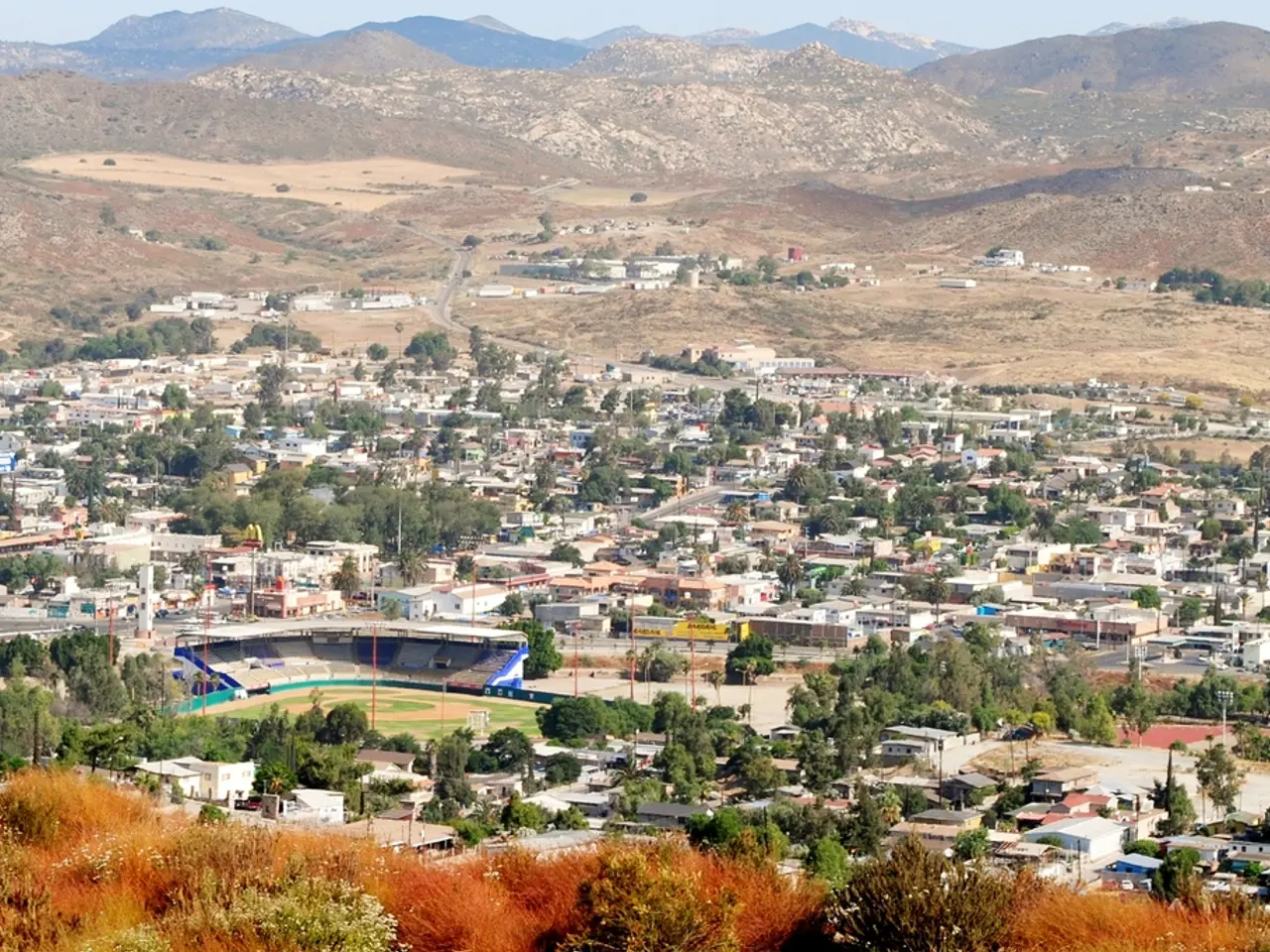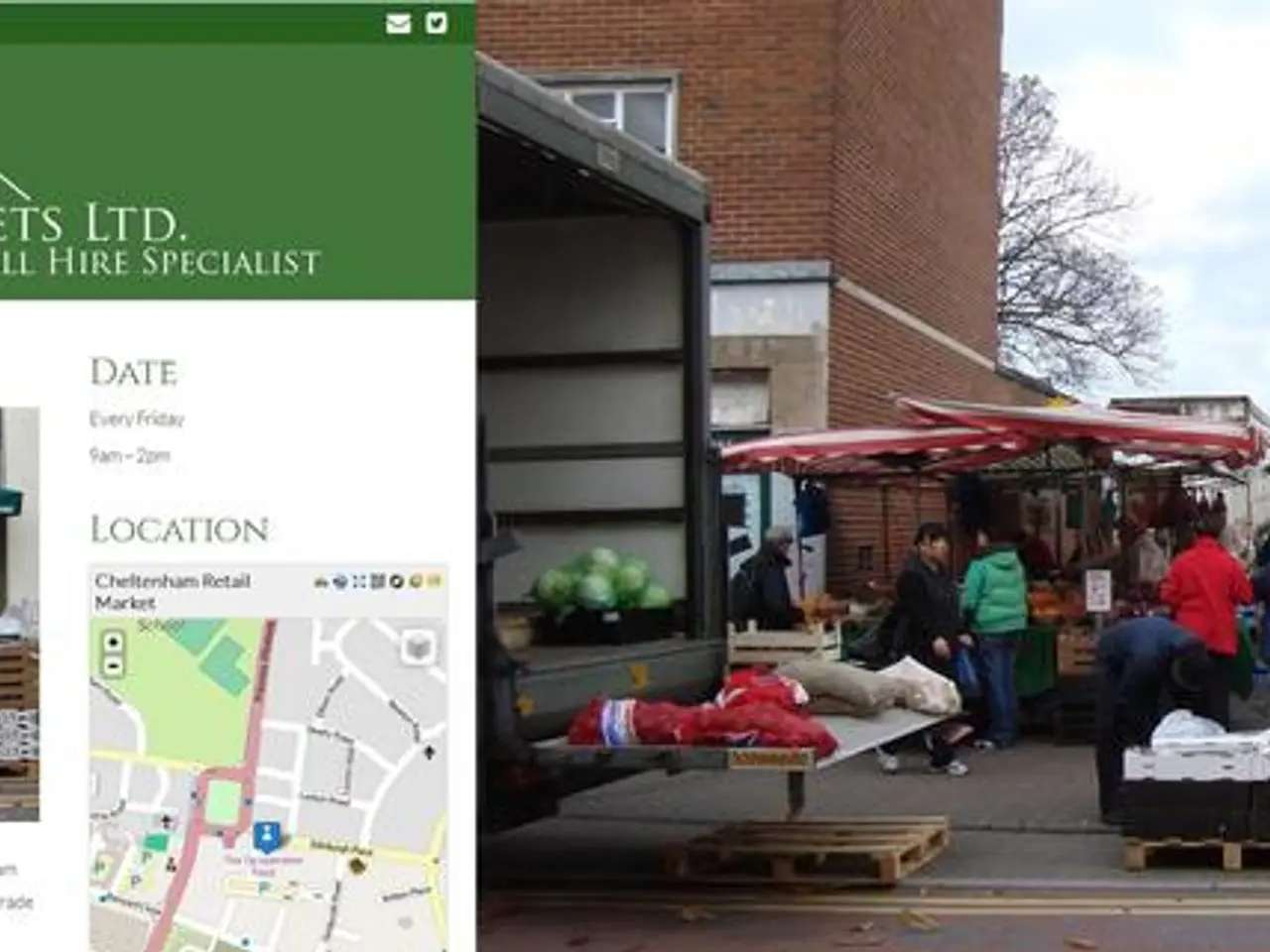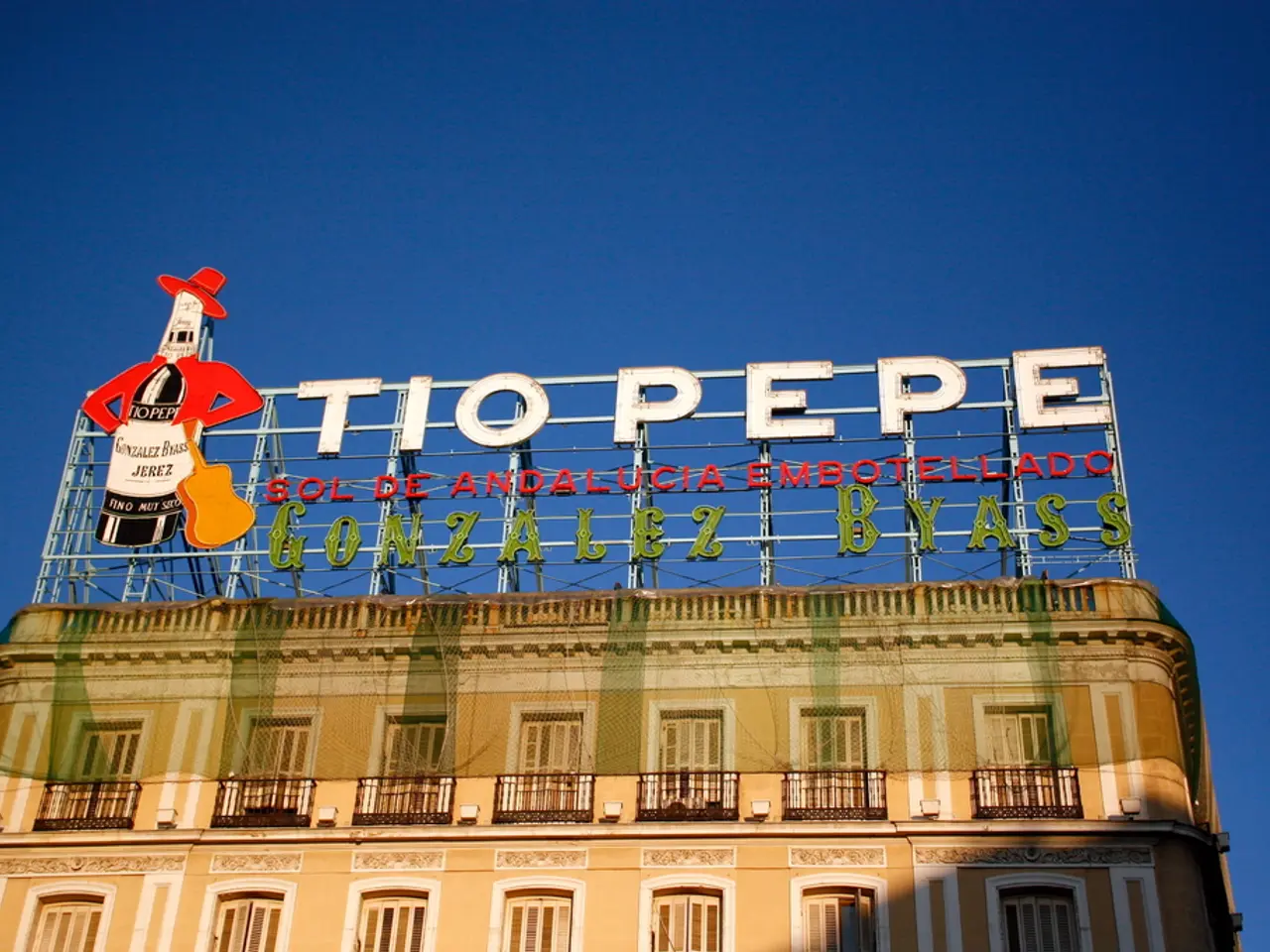Skyrocketing Beef Costs Driving New Record Highs
In the heart of Montana, the bustling food truck scene is facing a significant challenge - the surge in beef prices. A key player in this national trend is the reduction in the U.S. cattle herd, which has been declining since 2019, resulting in a 2025 herd size that is approximately 8% lower than in 2019[1]. This decrease in domestic supply has contributed to higher beef prices.
Small businesses, such as Tom Winter's Gary's Local Burgers, are feeling the pinch. Despite maintaining the price of his burgers at $6 for almost two years, Winter was forced to raise the price to $6.95 due to the escalating costs[2]. The increase in beef prices has posed significant challenges for small businesses like Gary's Local Burgers, requiring careful adaptation in pricing and sourcing strategies to sustain their businesses.
The elevated beef prices, which reached an average of $5.98 a pound in May 2025, have put financial pressure on businesses reliant on beef, especially small operators like food trucks[3]. The beef market remains volatile, with tariffs and import patterns adding complexity to beef availability and cost stability, influencing pricing unpredictability for small businesses[1][3].
While pork prices have decreased, providing some relief for menu diversification, beef remains a staple for places like Gary’s Local Burgers, making the price increases particularly impactful[1][5]. However, innovative solutions are emerging. For instance, the Albers family, owners of a large cattle feeding operation, offer 10 pounds of individually packaged, high-quality meat at a discount for larger orders[4]. The Albers family also increased the size of some cuts, such as rib-eye, allowing buyers to portion it to their desired size at home for multiple meals.
On a broader scale, grocers like Costco and Walmart are becoming more involved in the entire chain of meat production, opening their own slaughterhouses and meat packaging facilities[6]. Despite these adaptations, the beef market is expected to remain costly for the foreseeable future, as it takes two to three years to raise a calf to slaughter[7].
In conclusion, the beef price surge is tightening margins and increasing operational challenges for small hamburger food trucks in Missoula. Adaptation in pricing and sourcing strategies will be crucial for these businesses to sustain their operations in the face of these challenges.
[1] USDA Economic Research Service. (2025). Livestock, Dairy, and Poultry Outlook. Retrieved from https://www.ers.usda.gov/data-products/livestock-dairy-poultry-outlook/ [2] Associated Press. (2025, June 1). Restaurant owner raises burger prices to $6.95 due to rising costs. Retrieved from https://www.cnn.com/2025/06/01/business/garys-local-burgers-price-hike/index.html [3] USDA Economic Research Service. (2025). Food Price Outlook. Retrieved from https://www.ers.usda.gov/data-products/food-price-outlook/ [4] Albers Cattle Company. (2025). Bulk Meat Deals. Retrieved from https://www.albertscattle.com/bulk-meat-deals [5] USDA Economic Research Service. (2025). Pork Outlook. Retrieved from https://www.ers.usda.gov/data-products/pork-outlook/ [6] Walmart. (2025, May 1). Walmart invests in Nebraska slaughterhouse, opens first owned and operated meat packaging facility. Retrieved from https://corporate.walmart.com/newsroom/2025/05/01/walmart-investing-in-nebraska-slaughterhouse-and-opening-its-first-owned-and-operated-meat-packaging-facility [7] National Cattlemen's Beef Association. (2025). Beef Market Update. Retrieved from https://www.ncba.org/market-intel/beef-market-update
- The surge in beef prices is impacting various parts of the industry, such as small businesses like Tom Winter's Gary's Local Burgers, which are having to reconsider their pricing and sourcing strategies to cope with the increased costs.
- In the world of finance, the rising prices of beef have posed significant challenges for businesses, particularly small food establishments, while also making it difficult for consumers to maintain their lifestyles.
- Developments in the food-and-drink industry show a growing trend of larger businesses, such as Costco and Walmart, vertically integrating into the meat production chain, opening their own slaughterhouses and meat packaging facilities, in an attempt to stabilize costs and adapt to the current market conditions.




